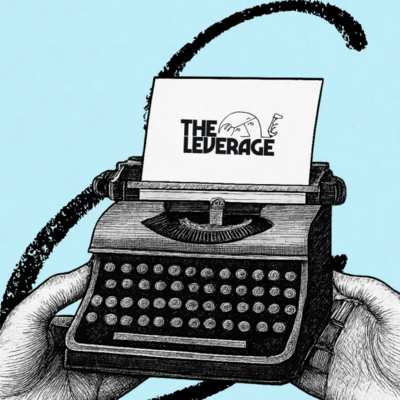
What exactly does a university sell?
You might say they sell training and skills to help students earn a job.
You might say they sell a space for young adults to explore their intellectual and occupational interests in a low-risk environment.
You might say they simply sell a stamp of approval; a guarantee that students won’t fall into the cracks of society.
Or maybe they just sell a year-long summer camp to have fun, meet lifelong friends and let loose.
The truth is that universities sell all of these things, bundled together. And that’s a big reason they’ve been able to raise prices to astronomical levels over the past several decades — it’s really hard to disrupt all of those things at once.
Now, when any industry raises prices and inflates costs, it will start to attract hungry entrepreneurs trying to change the status quo. Education is no different. But despite many attempts, there have been very, very few billion dollar education companies. Education technology (edtech) is just really tricky to build in.
In fact, one of the few success stories in edtech is a company that doesn’t really sell education at all: MasterClass.
Instead of competing with universities at their own game, MasterClass took a different route. They hired experts and celebrities — practitioners who are at the very top of their field — and made beautiful, highly-produced videos of them explaining their craft. MasterClass might claim to be selling education, but don’t be fooled: they are selling credibility and inspiration.
So what can we learn about MasterClass’s business and how they’ve grown to over 9-figures in annual revenue?
How MasterClass Works
MasterClass is an online education portal. It works like this: you pay $180 for an all-access annual pass to tutorials and lectures by experts in various fields. For example, you could learn tennis from Serena Williams or you could learn filmmaking from Martin Scorsese. Each lesson includes several pre-recorded videos, workbooks, activities, and notes.
When an expert works with MasterClass, they are cited to earn $100,000 up front, along with 30% of the ongoing revenue generated from their classes.
CEO David Rogier recognizes that most of the experts don’t actually do it just for the money, but also as a way to give back. For them, it’s an easy way to share their story and give advice to a lot of people. A one-year subscription priced at $180 is pretty accessible — certainly cheaper than getting advice from them directly.
Additionally, I’m sure MasterClass makes it super simple for creators to record and produce their classes. It’s a win for everyone: experts get more reach and a bit of money, customers get advice from the best, and MasterClass earns revenue for making it all come together.
While the business is a cool idea, its success is even more impressive.
MasterClass doesn’t officially publish its revenue, but we can get a pretty close estimate. In 2018, Rogier mentioned that it would match Udacity’s $70 million in revenue (source). If that’s the case, it’s not hard to assume 2019 revenue was around $140 million — the business has been doubling each year for several years.
And if they kept increasing revenue at the same pace (perhaps with a bit of a “COVID premium” due to more people consuming content at home) then it wouldn’t be a stretch to guess that mid-2020 revenue might clear $200 million.
The Only Subscription
You Need to
Stay at the
Edge of AI
The essential toolkit for those shaping the future
"This might be the best value you
can get from an AI subscription."
- Jay S.
Join 100,000+ leaders, builders, and innovators

Email address
Already have an account? Sign in
What is included in a subscription?
Daily insights from AI pioneers + early access to powerful AI tools










Comments
Don't have an account? Sign up!